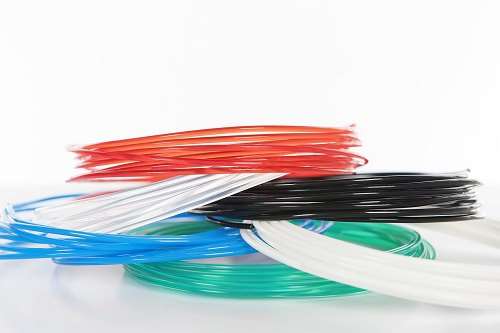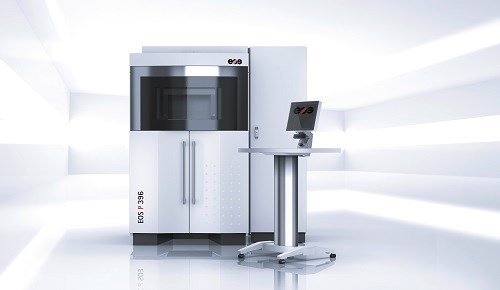ADDITIVE MANUFACTURING: Slew of New Developments in Materials, Equipment
Three companies unveiled new developments in additive manufacturing and prototyping as 2013 came to a close, a testament to this technology's vibrant growth.
In the last month of 2013, three companies announced new developments in additive manufacturing and prototyping, a testament to the vibrant growth of this technology.
Featured Content
•3D Systems, Rock Hill, S.C., acquired Village Plastics Co., Norton, Ohio, a manufacturer of filaments based on ABS, HIPS, and PLA biopolymer for 3D printing. 3DS is now integrating Village Plastics materials and manufacturing technologies to accelerate development of advanced filament-based materials for its Cube and CubeX 3D printers.
•NatureWorks, LLC., Minnetonka, Minn., and Ireland’s 3Dom Filament Ltd. are collaborating to support the rapidly growing 3D printing industry by combining NatureWorks’ Ingeo PLA resins with 3Dom’s filament manufacturing processes. 3Dom, a new company whose team has more than a decade of technical experience with Ingeo PLA, will supply its entire monofilament family with the Ingeo logo. This is the first time NatureWorks has licensed the use of the Ingeo brand for 3D printing materials. Over the last year, 3Dom developed a process for converting Ingeo into consistently high-quality filaments, including all primary colors and more to come. 3Dom can tailor Ingeo monofilament properties such as stiffness or finished part impact resistance and dimensional stability.
•Germany’s EOS (U.S. office in Novi, Mich.), has introduced the successor to its established EOS P395 laser sintering system for prototyping and additive manufacturing from plastic powders. New EOS P 396 boasts multiple features that meet the growing demand for increased manufacturing efficiency and process stability. This machine features the latest generation of CO2 laser, rated at 70 W, and completely revised temperature regulation, which together reportedly allow for double-digit increases in productivity. While the laser accounts for shorter primary processing times, features such as a low-wear, high-speed recoater and a new point pyrometer, which continually measures the temperature of the powder surface to a high degree of precision, account for reduced secondary processing times. The machines’ build capacity is in line with its predecessor, at 340 x 340 x 600 mm, but energy and material consumption per manufactured component has been improved, reportedly resulting in up to 30% reduction in operating costs/part and optimized carbon footprint. Plastic powder materials PA 2200 and PrimePart Plus (PA 2221) will be available for the P 396 in April.
RELATED CONTENT
-
Expanding Medical Coating Capabilities
One company’s approach to broadening its functional coatings offerings to further serve the medical sector.
-
Proper Testing of a Powder Coat Finish
Manufacturer shows how it performs extensive tests on powder coated medical carts.
-
Cleaning, Pretreatment to Meet Medical Specs ISO 13485 or FDA 21 CFR820
Maximilian Kessler from SurTec explains new practices for industrial parts cleaning, metal pretreatment and decorative electroplating in the medical device industry.





















